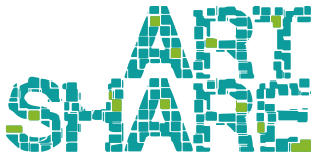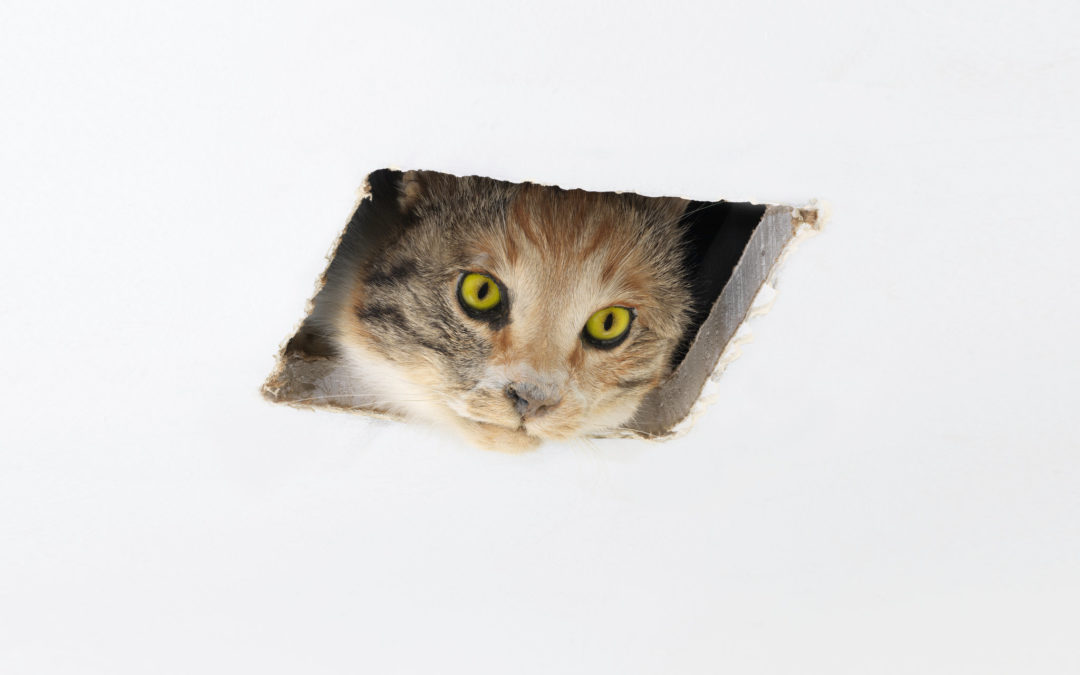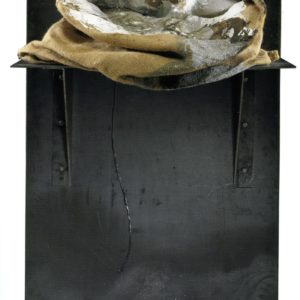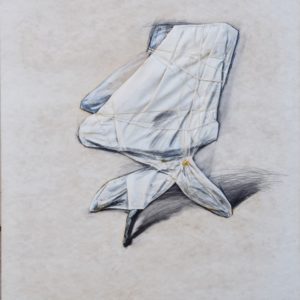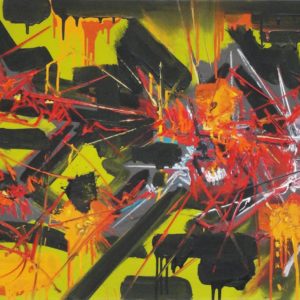Is the Covid-19 shifting attention onto digital art? So far it is the institutions which are leading Net Art collecting
Interview with Magda Sawon
by Fabio Cavallucci
Is the Covid-19 shifting attention onto digital art? The lockdown of the last few months has contributed to shifting much of the art market online. Thus we have seen fairs, galleries and auction houses move onto internet, open viewing rooms or sophisticated 3D and VR presentations. But the question is:
“Has the transfer of the art world to digital mode also favored the sales of Net Art, which has always been online?”
Digital art is not an easy product for the market. Not only because everything to be found on Internet is potentially replicable in an infinite number of copies, but also because its earliest protagonists, such as Vuk Ćosić, Jodi.org, Alexei Shulgin, Olia Lialina, Heath Bunting and 0100101110101101.org (later revealed to be Eva and Franco Mattes) are based on a situationist culture similar to hacking, hence hostile to the very idea of the market. Almost all of them are supporters of the principle of free copyright. Moreover, the products are mainly websites and software which are difficult to reduce to objects or even stable elements.
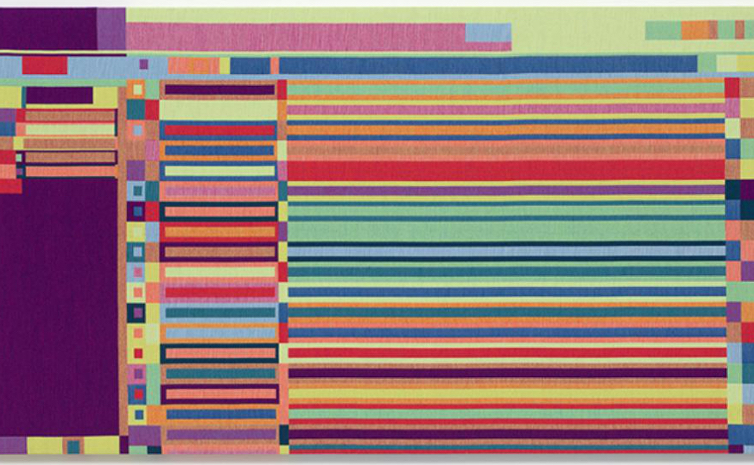
But as we know, things change: the dust of time settles on works of art, and what was once wholly unconceivable ends up in museum collections. The MoMA of New York, in the new layout inaugurated last October after the extension, proudly displayed an iconic work of Jodi, My%Desktop. But other institutions too, including the SFMoMA, are buying Net Art works. In short, as often happens, it is the institutions which seem to be the trailblazers for the market. However when this happens, collectors usually follow them.
In our current difficult situation, although the galleries which deal in digital art, such as Dutch Upstream, or the New York Postmasters and Bitforms, or Transfer, formerly based in Brooklyn and now in Los Angeles, cannot be said to be prospering, at least they seem to be successfully weathering the current storm.
We interviewed Magda Sawon, the director and founder of Postmasters, which is one of the largest of the small galleries, with main premises in Tribeca and a second gallery in Rome.

Have you noticed an increase in interest in Net Art in this particular moment when the market has moved wholesale online?
With the global pandemic and closure of physical gallery spaces there has been a heightened interest in Net Art and digital art.
This being said, Net Art is still very much a niche market overwhelmed by traditional media and some of it resists being owned as it is a live performative work that cannot be contained and made “transactional” (Olia Lialina’s Summer, one of my all-time favorite artworks – not saleable – requires a sequence of over 20 urls to present a GIF). As yet, is only a handful of curious innovators and collectors that recognize Net Art as the medium of our time and actively purchase digital works.
Have you also noticed any actual movement in the Net Art market? Which artists attract most attention and what are their prices?
Since we have been involved with digital art for over twenty years (beginning with the Can You Digit show in 1996), we have been fairly successful over time in finding interested collectors and institutions. Many Rafael Rozendaal websites have been sold to private collections and museums (including the Stedelijk of Amsterdam).
We have sold works by Wolfgang Staehle and Jennifer and Kevin McCoy to the Met and the MoMa and, more recently, Rafael Rozendaal to the Whitney Museum, to name just a few. Eva and Franco Mattes’ Ricardo Uncutis a public Whitney Museum online commission that I also have available for purchase. SFMoMA has the Mattes’ Ceiling Catin their collection, after featuring it in the Snap + Shareshow.
Most recently, during the pandemic we sold another edition of the Mattes’ Ceiling Catto the X Museum in Beijing (a very young, progressive institution spearheaded by Michael Xufu Huang).
Generally speaking, I would say that, given the obscene prices of contemporary art, this particular moment offers a tremendous opportunity to buy digital art at very reasonable prices (from 10 to 50 thousand dollars). Works that will definitely become part of the canon.
